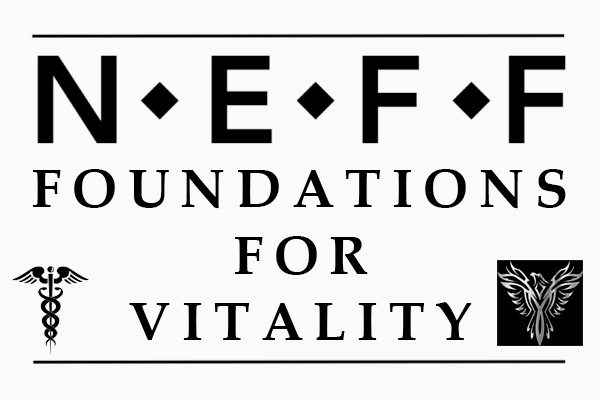Understanding Trauma Responses
After a gang assault at the tender age of 13, I changed irreversibly. At first, I was the victim. Within a short period of time, I became a survivor. I became Rambo. It became second nature for me to be on constant alert. To never get caught out. To show others that I am the man. That I do not need help. Subconsciously, many behaviour patterns emerged that were less than productive in the long run.
It would take another three decades before I finally started to address the underlying trauma, and it is only today, 45 years down the line that I can see the full picture emerging. Friends, don’t wait as long as I did to start healing!!!
Trauma responses are automatic reactions to perceived threats that happen without conscious thought. These responses are survival mechanisms instinctively activated to protect us. Our bodies react to these perceived threats without our consent. Certain smells and sounds can trigger memories of past trauma, bringing to the surface emotions that may have been suppressed. Even if we aren’t consciously aware of these triggers, our bodies remember and react accordingly.
A trauma response is essentially how your nervous system has adapted after experiencing significant stress, and it can appear in various forms, whether the threat is real or perceived.
Hypervigilance and Trauma
Trauma responses often cause hypervigilance, where an individual is constantly on high alert. This can make someone feel overwhelmed in normal situations but is also highly effective in crises. While trauma responses are often viewed negatively, recognizing them is the first step to preventing them from controlling your life.

Common Types of Trauma Responses
1. Fight
The fight response involves confronting the threat head-on. This might include physical actions like kicking or punching or verbal responses like arguing and yelling. Quick anger and aggression can be signs of a fight response, indicating an internal sense of threat. In healthy situations, this response helps establish boundaries and assertiveness. In me, for a long time, this was potent fuel for anger and resentment.
2. Flight
The flight response is about escaping danger, either literally or metaphorically. It involves avoiding confrontation and stress by leaving situations or even abusing substances to avoid emotions. People exhibiting this response may isolate themselves or over-explain to distance themselves from the trauma. Translated in plain English: I became an escape artist. I escaped either into my work or into alcohol.
3. Freeze
When fight or flight is not possible, the freeze response takes over. This involves stopping all actions and becoming hypervigilant, assessing the situation before deciding on the next move. It can manifest as binge eating or dissociative states, providing an escape from overwhelming experiences. Welcome to raiding the fridge under cover of darkness or wasting time on analysis paralysis.
4. Fawn
The fawn response involves trying to appease or please others to avoid conflict. This response is driven by the need for social connection and safety, often leading to people-pleasing behaviors. It may result in sacrificing personal boundaries and taking on roles like workaholics or over-apologizers to maintain harmony. The cynical me wants to write “Yes, dear.” but I don’t think that’s politically correct.

Lesser-Known Trauma Responses
1. Fright
The fright trauma response, also known as tonic immobility, occurs when you feel so threatened that you “freeze” or play dead. It’s your body’s last-ditch effort to protect you when fight or flight isn’t an option. Imagine being a deer in headlights—unable to move, you become hyper-aware of your surroundings but physically immobilized. This response can manifest as feeling stuck or paralyzed during stressful situations. Recognizing this can help you understand why you might shut down under pressure. Awareness is the first step towards managing and overcoming this reaction, helping you to regain control and respond more effectively.
2. Flag
The flag trauma response is characterized by emotional numbness and cognitive shutdown when facing extreme stress. For middle-aged individuals, this can feel like zoning out or disconnecting during challenging times. Your body essentially “waves the white flag,” surrendering to the overwhelming situation. You might notice feeling detached, having memory lapses, or a sense of observing yourself from the outside. This response is a defence mechanism to protect your emotional well-being. Understanding that this is a natural reaction to trauma can help you seek appropriate support and coping strategies, allowing you to navigate through stress without becoming completely disengaged.
3. Faint
The flop trauma response, also known as the faint response, occurs when your body shuts down in the face of overwhelming stress. Take, for example, the ten per cent of the population who suffer from needle phobia. This can mean feeling suddenly weak, lightheaded, or even fainting when confronted with a severe threat. This reaction is your body’s way of avoiding further harm by going limp and becoming unresponsive. It’s similar to animals playing dead to evade predators. Recognizing this response can help you understand episodes of extreme fatigue or sudden physical collapse during stressful events. Awareness of the flop response allows you to seek appropriate support and develop strategies to manage stress more effectively.

Conclusion
Each and every one of these responses are normal. Recognizing and understanding these trauma responses can help you tremendously to manage and mitigate their effects. By acknowledging these reactions, we can start to heal and regain control over our lives, transforming these survival mechanisms into opportunities for personal growth and resilience.
Look after yourself and live with intention!







